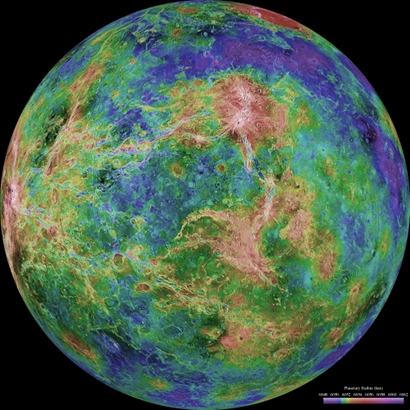Mustafa Umut
- 31
- 1
Large Format Photograph Machines usually uses 8x10 inches size negative. Can I make a radar large format camera with using similar or bigger size plate as antenna and when transmitter was a cw radio transmitter ? I know only need of mixing transmitted to received.
If this does not work , can I use a 40 meter cw transmitter and receiver when antenna layed horizontal and take a narrow strip of panaroma.
Is there a chance or is it out of question ?
Thank you ,
Mustafa Umut Sarac
Istanbul
If this does not work , can I use a 40 meter cw transmitter and receiver when antenna layed horizontal and take a narrow strip of panaroma.
Is there a chance or is it out of question ?
Thank you ,
Mustafa Umut Sarac
Istanbul
